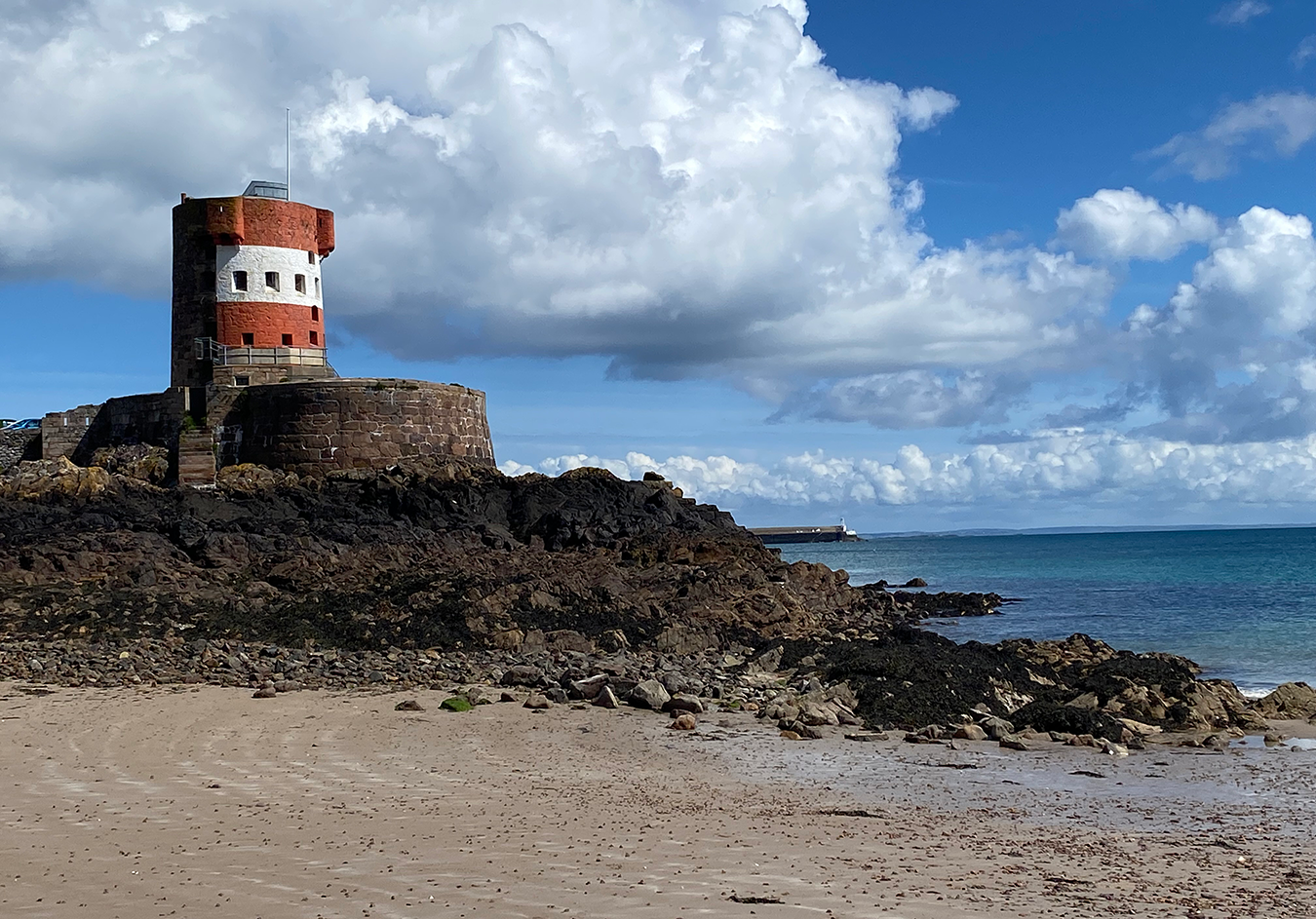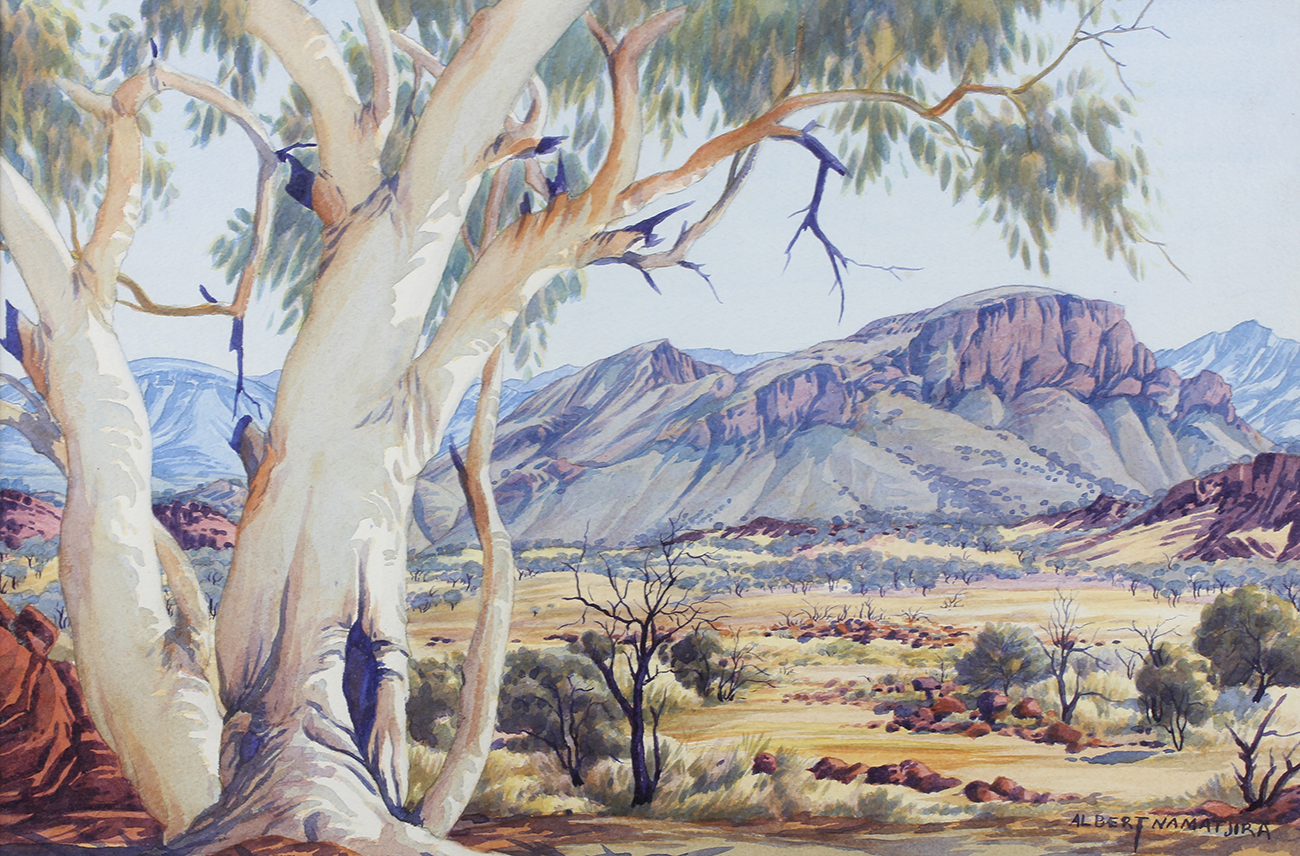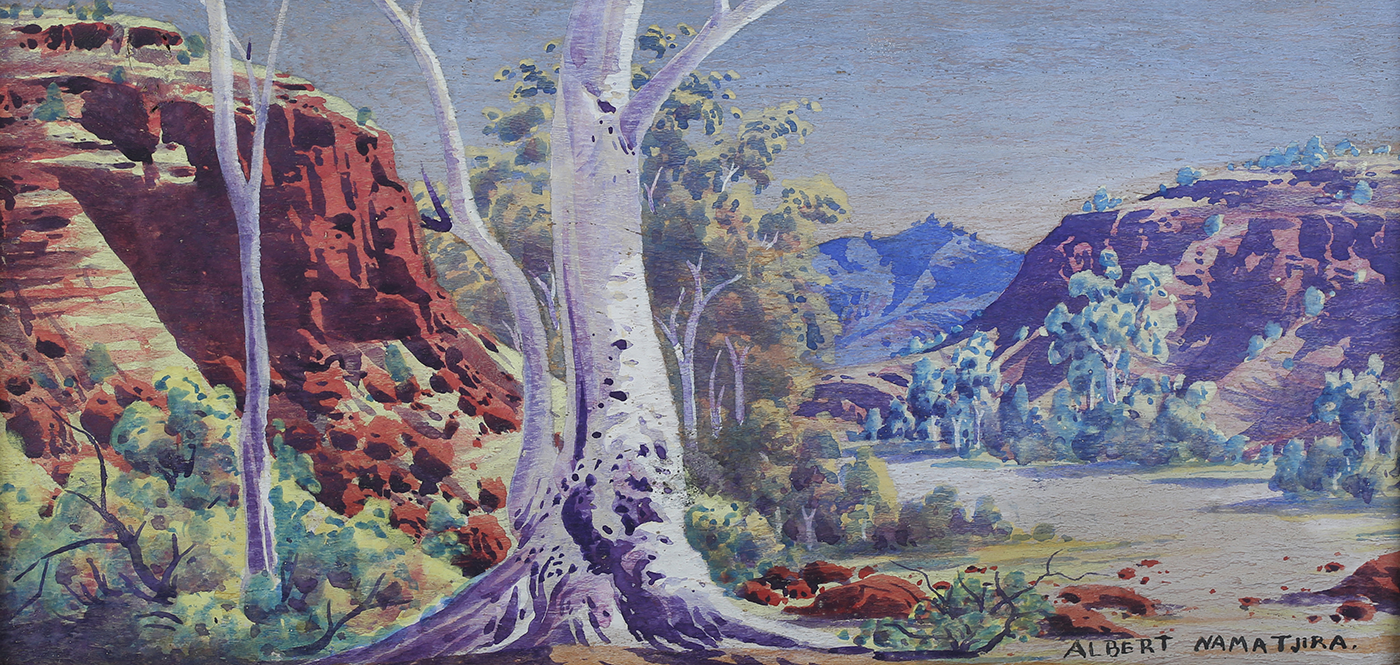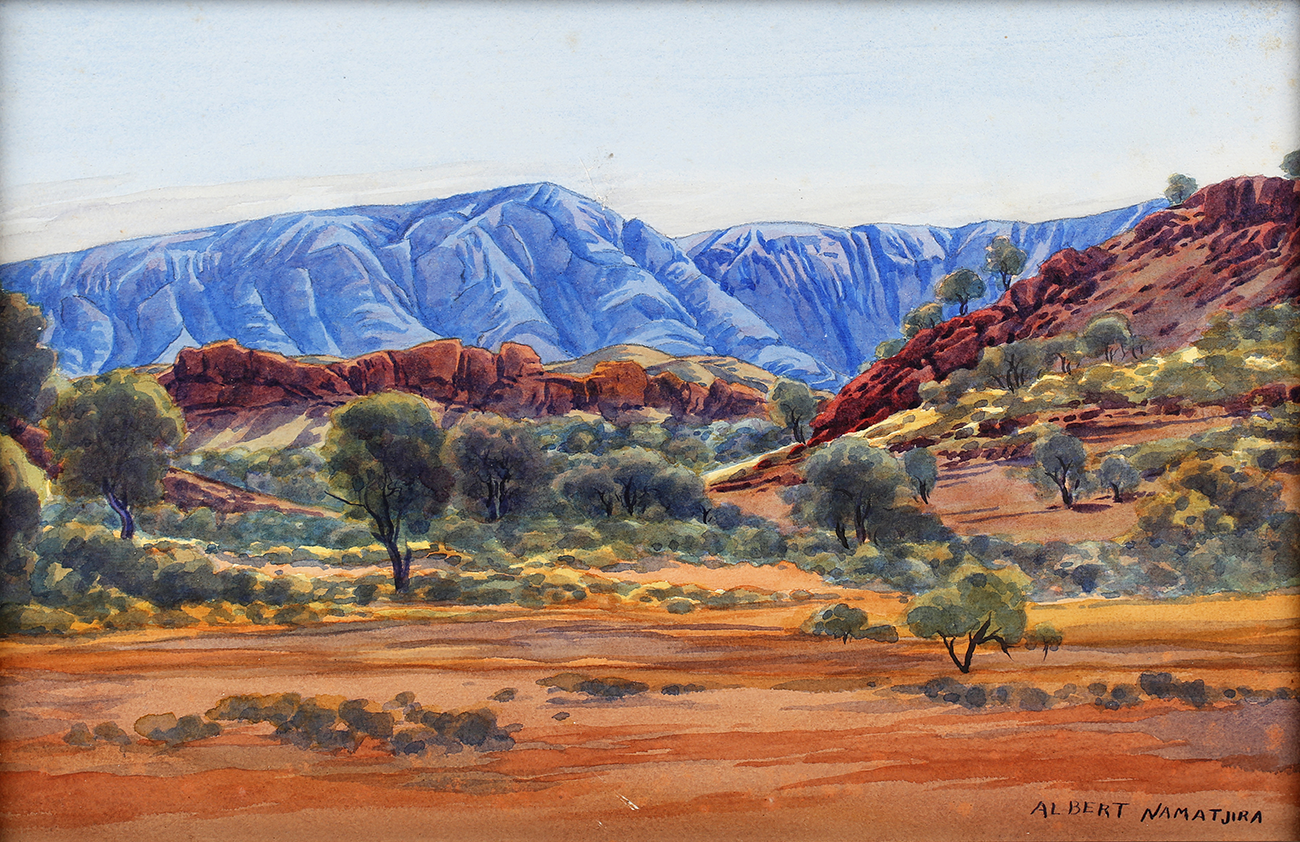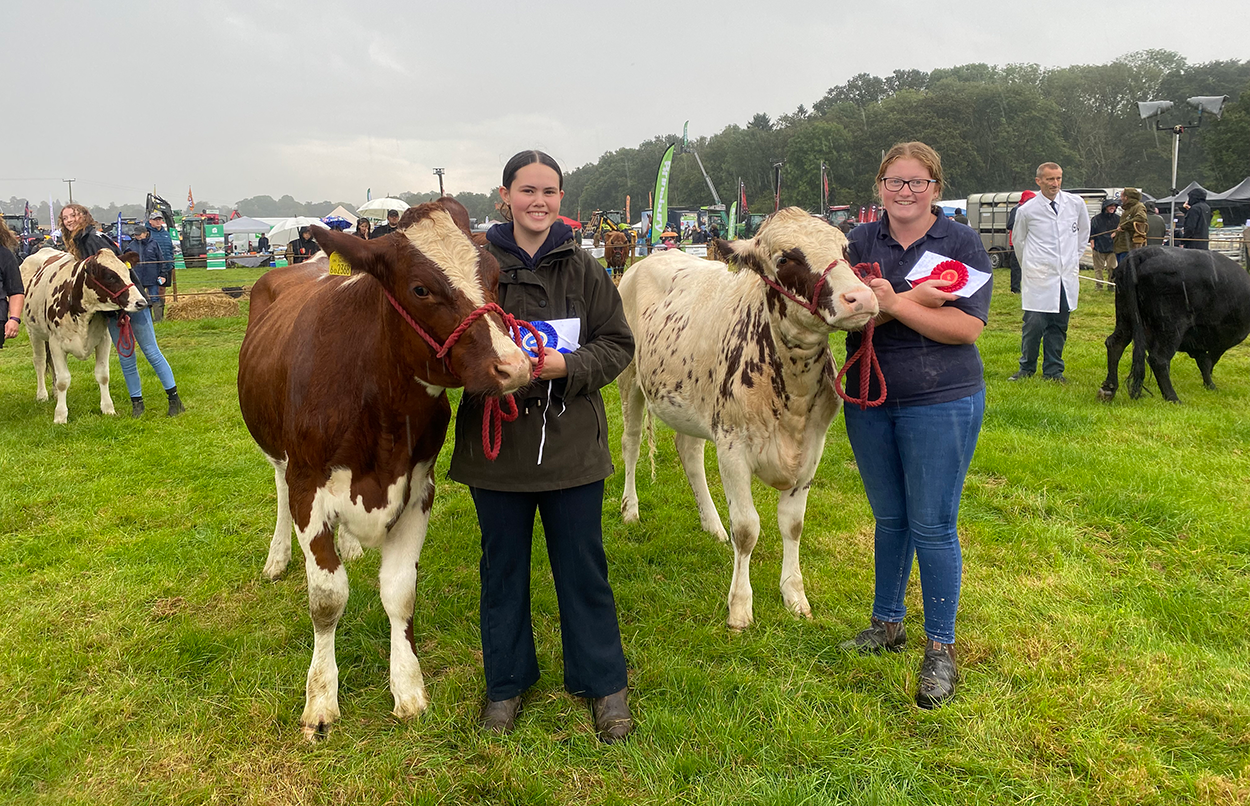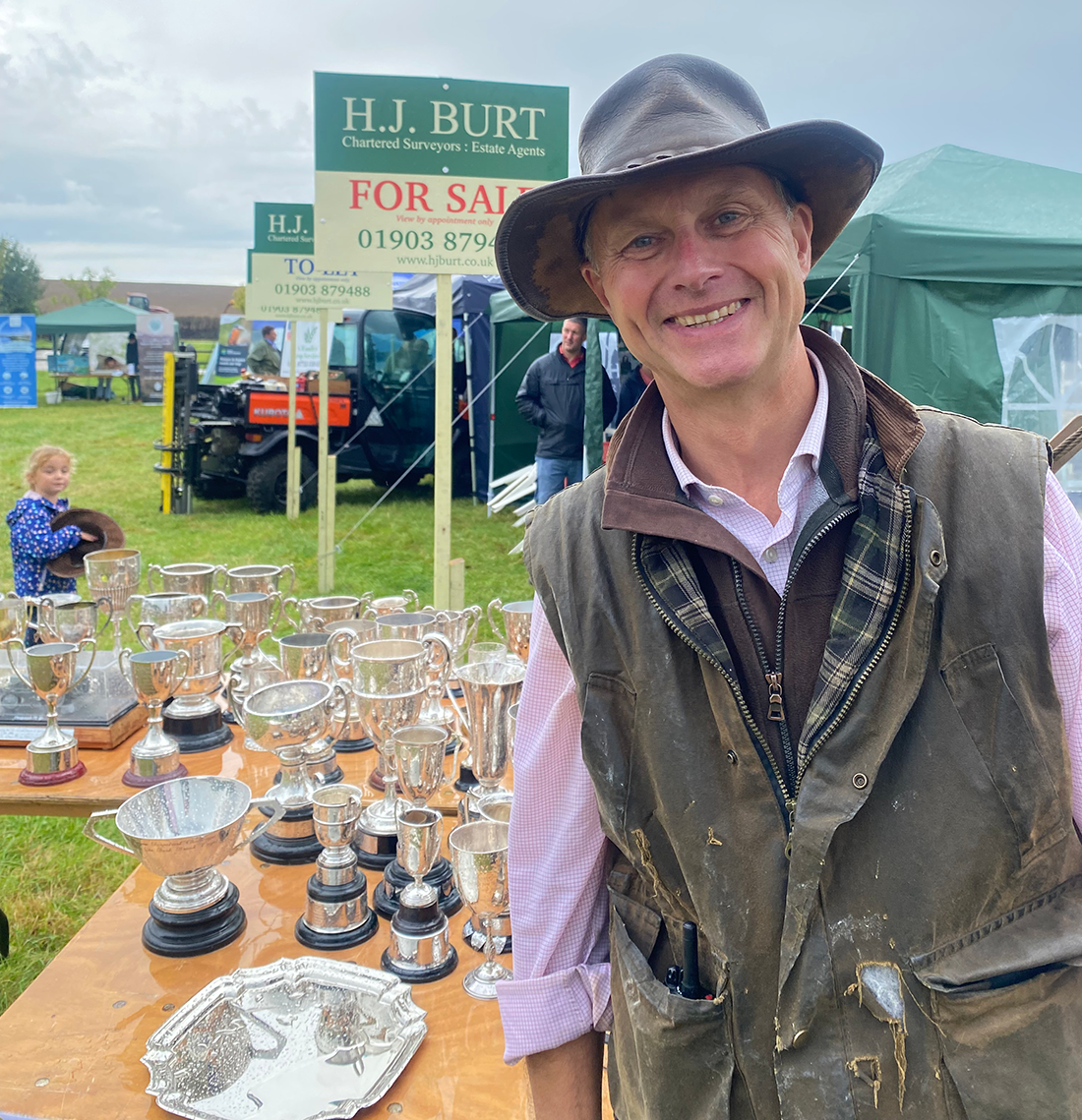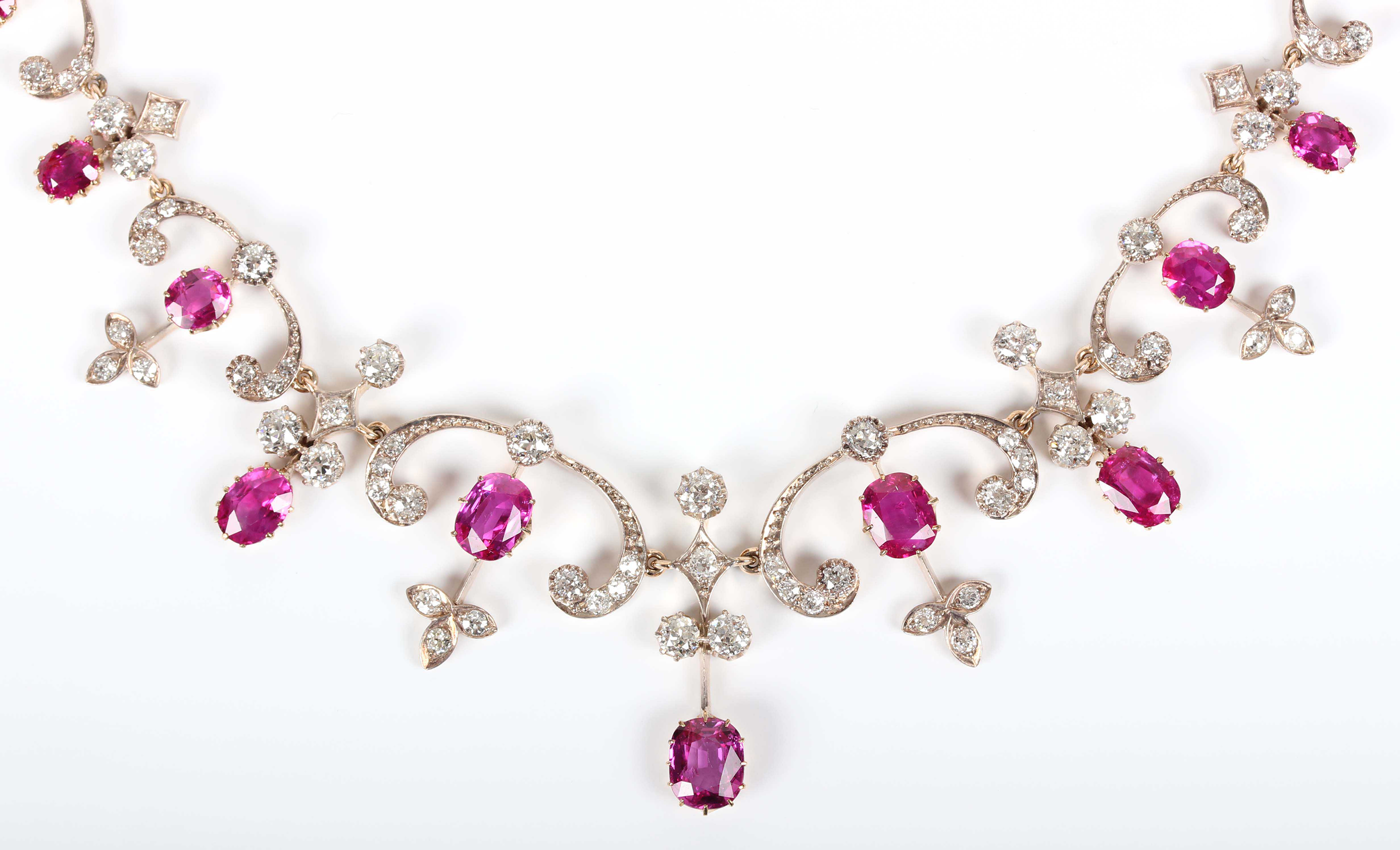
Rubies are over 500 million years old and amongst the world’s most valued gemstones.
Amongst the star lots entered in Toovey’s October Fine Jewellery auction was a late 19th century gold backed, silver set, ruby and diamond necklace in the garland style. As the 19th century drew to a close Victorian tastes were reinterpreted in lighter more delicate styles influenced by France’s Belle Époque which spanned from the late 19th century up until the start of the Great War in 1914. It was characterised by optimism, regional peace, economic prosperity, scientific and technological advances and an era where the arts flourished influencing the tastes of other nations including our own. Jewellery from the period combines opulence with graceful lines set with a variety of gems, often in the garland style which influenced the production of almost all jewellery houses in the late 19th century and early years of the 20th century. Louis Cartier was considered the master of the garland style. In the early years of the 20th century Cartier opened his shop in London. In the late 19th and early 20th centuries England’s wealth was at its height and demand for fine jewellery had never been higher. In the second half of the 19th century the jewellery industry flourished in England.
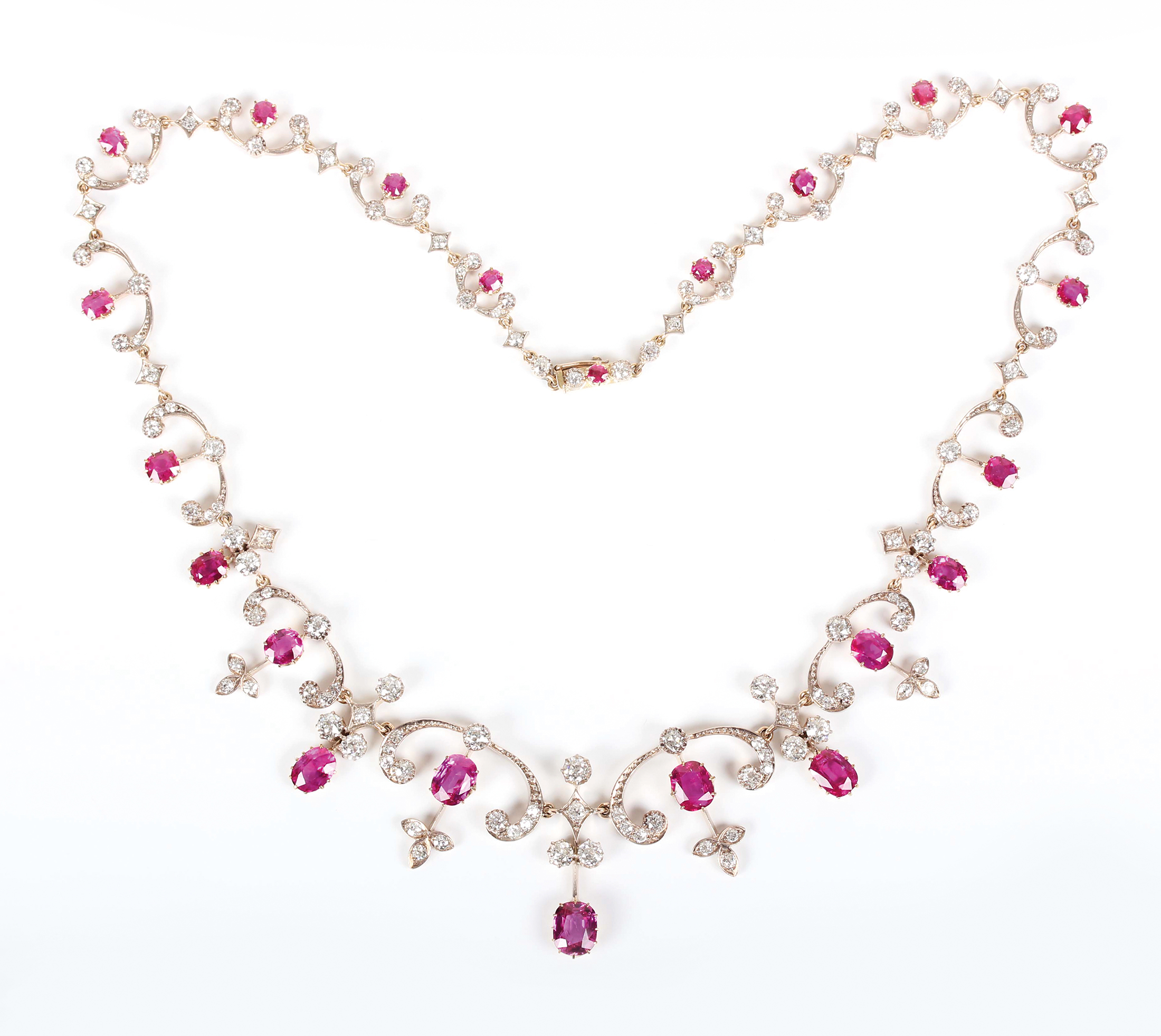
These influences and the fashion for the garland style is clearly recognisable in the acanthus leaf scroll and floral garlands of this exceptional necklace. The fluidity of design embraces both the classical and rococo and the necklace sold for £13,000.
The quality of a ruby is determined by its colour, cut, and clarity, and size which is measured in carats. All these things have to be considered when arriving at a value. The brightest and most valuable shade of red, called blood-red or pigeon blood, commands a large premium over other rubies of similar quality. After colour follows clarity, the clearer the stone the more valuable it is likely to be. The rubies in the platinum, ruby and diamond set bracelet were particularly fine. Although unmarked the jewel came with an associated Cartier box and made £18,000 at Toovey’s.
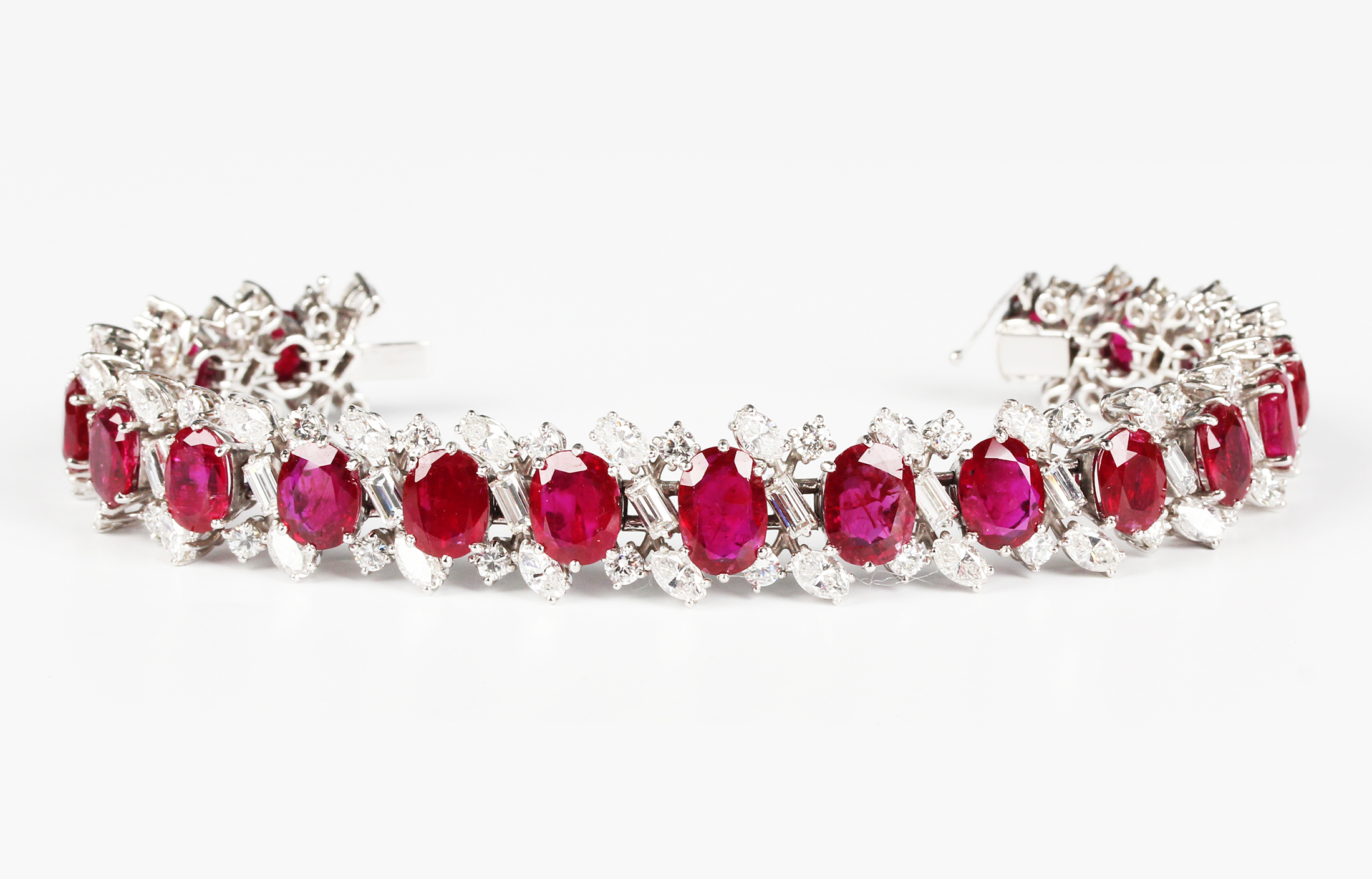
Jewellery so often reflects points of love in our lives and is a celebration of that important human purpose to be creative and make beauty in the world.
Toovey’s jewellery specialist Sarah Harwood, a diamond graduate and Fellow of the Gemmological Association of Great Britain, is always pleased to share her expertise in jewellery and fine gems whether you need a valuation or are interested in selling or acquiring jewellery.


